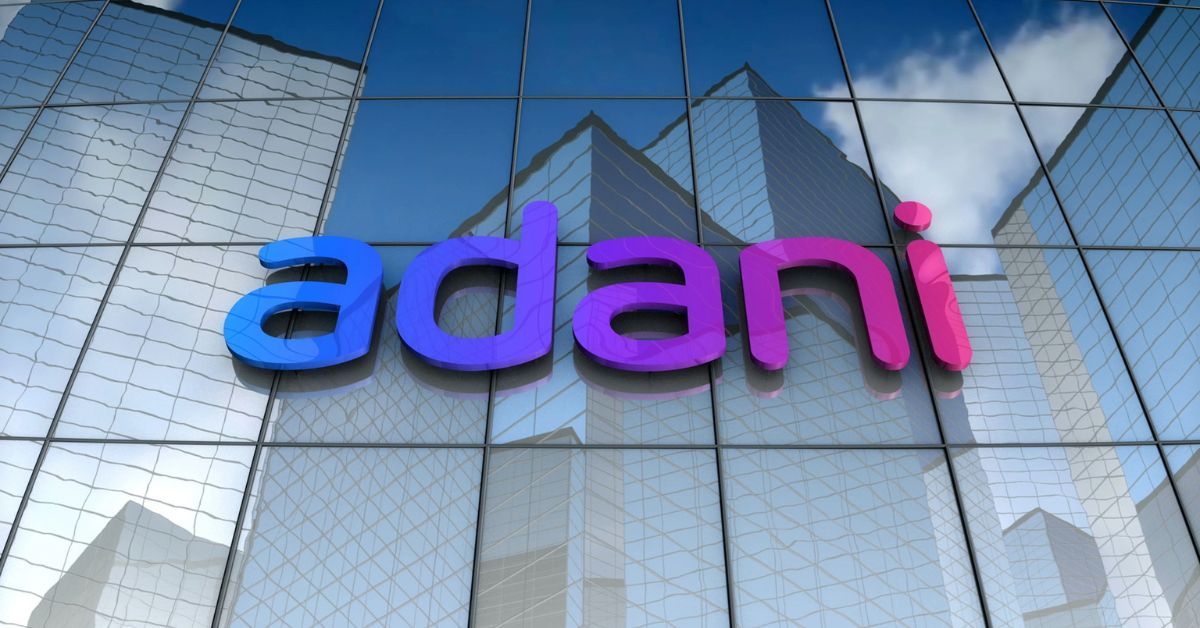On the isolated island of Great Nicobar, the Adani Group has formally expressed interest in building a sizable transshipment port. A sizable airport, a whole new town, tourism developments, and power-generating facilities are all part of the concept. It seeks to establish this picturesque enclave as a major shipping port for the area. The potential effects of this intrusive development on the distinctive environment and indigenous population of the Andaman and Nicobar Islands have alarmed conservation and anthropology experts.
Eleven businesses, including Adani Ports and Special Economic Zone Ltd (APSEZ), have indicated interest in creating and running the International Container Transshipment Terminal (ICTT) at Galathea Bay, off Great Nicobar Island, which is expected to be built by Indian government agencies.
Serious worries have been raised about the proposed port’s possible effects on the Andaman & Nicobar archipelago’s rich wildlife and indigenous communities. The transshipment port, a greenfield airport, a solar and gas-based power plant, and a township and tourism complex spanning 130 square kilometers are all included in the proposal, which is part of a larger “holistic development” that is expected to cost US$9 billion. It seeks to turn the island, which resembles a sanctuary, into a major regional maritime port.
Between the Bay of Bengal and the Andaman Sea, near its edge, are the Andaman and Nicobar Islands. The Great Nicobar Biosphere Reserve, which contains two Indian national parks, Campbell Bay National Park and Galathea National Park, is located 190 kilometers north of the massive Indonesian island of Sumatra. The United Nations Educational, Scientific, and Cultural Organization’s (UNESCO) Man and the Biosphere program recognizes biosphere reserves.
A wide variety of animal and marine life, including endangered species, may be found in the Great Nicobar Biosphere Reserve, which is made up of tropical evergreen forests and distinctive coastal ecosystems. The proposed project poses a threat to all of this as well as the survival of the island’s indigenous populations. According to The Scroll, the call for expressions of interest to construct the terminal was sent out in March 2023. In addition to Adani, Essar Ports and JSW Infrastructure are also competing to construct the facility. According to reports, the Indian government was working on completing the comprehensive project report for the larger initiative—of which the transhipment port is the main project—by August of that year.
Based on a feasibility study created by AECOM India Pvt Ltd, which has its headquarters in Gurugram, close to Delhi, the country’s capital, the project was started. The business is the Indian equivalent of the infrastructure-focused consulting firm AECOM, which is headquartered in the United States. The National Institution for Transforming India, or NITI Aayog, the Government of India’s think tank on public policy and the focal body for economic growth, oversaw the preparation of the feasibility report. The strategic location of the island, with the ports of Klang and Singapore in the southeast and Colombo Port to the west, was highlighted in the report.
The Andaman and Nicobar Islands Integrated Development Corporation Limited (ANIIDCO), a little-known Indian government organization, has been given the task of carrying out the project.







